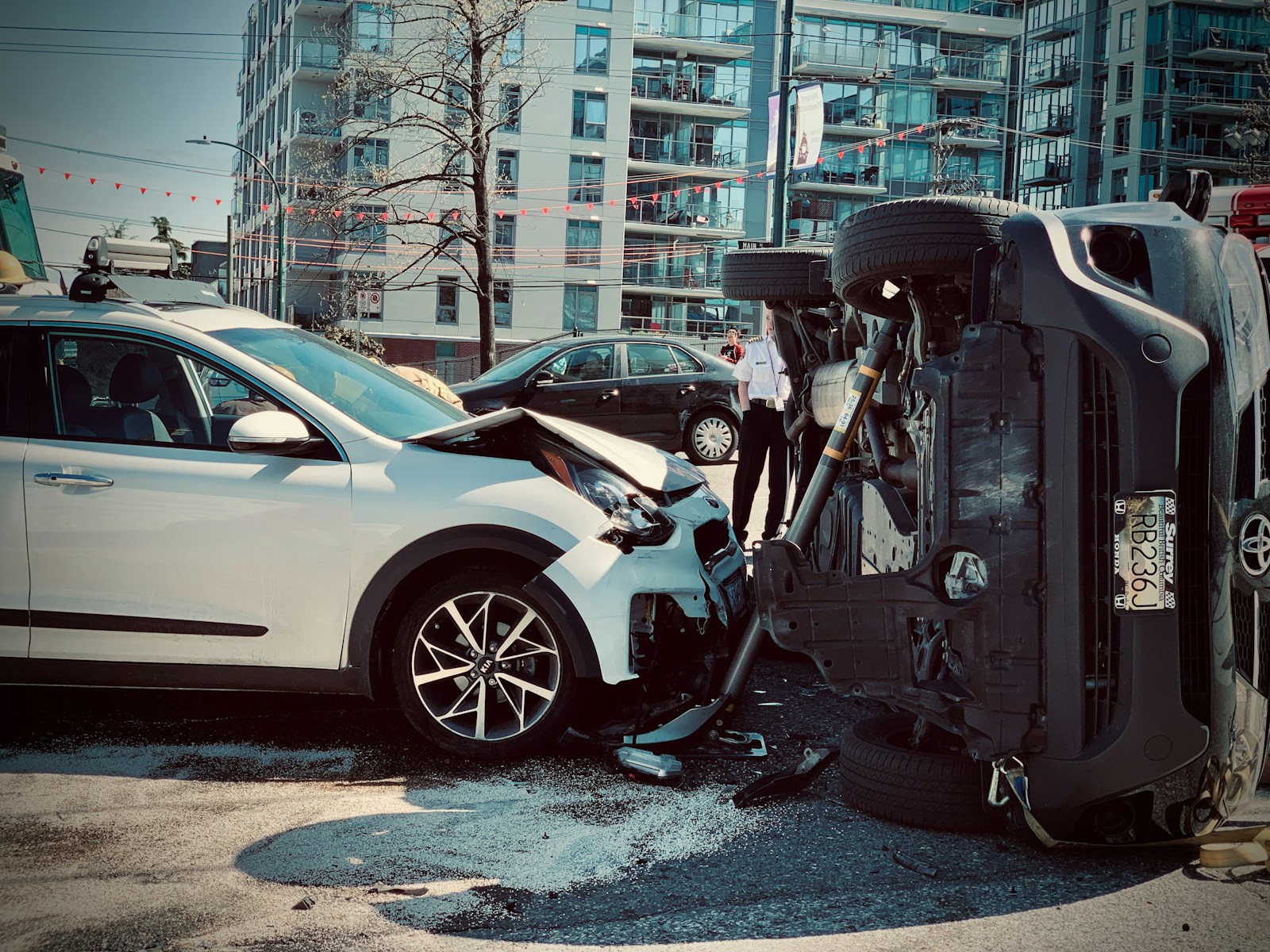Key Takeaways:
– Cruise, a self-driving technology firm backed by General Motors, has been fined $1.5 million by the National Highway Traffic Safety Administration (NHTSA) due to lack of full disclosure about a 2023 robotaxi accident.
– Cruise must now conduct quarterly meetings with the NHTSA for at least two years to furnish updates regarding its robotaxi program.
– The company has yet to announce when its robotaxi services will be operational again after last year’s accident.
Disclosing Details: Why Cruise was Fined
Cruise, the tech firm with an emphasis on autonomous driving and a support system from General Motors, has just been hit with a hefty $1.5 million fine. The penalty comes from the National Highway Traffic Safety Administration, also known as NHTSA, and centers around a robotaxi incident that occurred in 2023. Cruise, according to the NHTSA, failed to disclose the full details of this event, leading to the steep fine.
The Crash Story: What Happened in San Francisco
The incident at the heart of this dispute involved a Cruise robotaxi and a female pedestrian in San Francisco on October 2, 2023. This unfortunate event sprouted from a hit-and-run involving a car in the lane directly next to the Cruise vehicle. The woman involved in the accident was thrust into the path of the propagation robotaxi. The autonomous taxi braked to dodge the collision, but wasn’t able to completely avoid contact.
The robotaxi halted initially but then advanced for an extra 20 feet to pull over, a decision that Cruise argues was necessary for maintaining road safety. However, this maneuver led to the pedestrian being dragged by the robotaxi, a detail that Cruise didn’t initially reveal. It was only after the NHTSA requested additional video footage that they became aware of this event.
Safety and Transparency: Crucial in Autonomous Technology
According to NHTSA Deputy Administrator Sophie Shulman, it’s critical that companies working on automated-driving system prioritize safety and operate with absolute transparency. In light of the undisclosed information, the NHTSA issued a consent order in addition to the fine levied against Cruise. This order requires Cruise to meet with the agency every quarter for the next two years, potentially extending to a third year if deemed necessary, to provide updates on its robotaxi platform.
The impact of the fine and consent order, however, does not overlap another ongoing investigation by the NHTSA examining instances where Cruise robotaxis have infringed on pedestrian spaces during street crossings.
Cruise’s Future: What Happens Next?
After the mishap in 2023, Cruise’s robotaxis in California were put on hold when the state revoked the company’s license. The suspension extended to other states where Cruise operated, sidelining its entire fleet. By May, Cruise started re-introducing some taxis on the roads, albeit only for testing purposes and with safety drivers behind the wheel. However, the firm has yet to confirm when its fleet of robotaxis will be available for regular use without a safety driver.
In the world of self-driving technology where safety takes precedence, the Cruise case underscores the necessity for honesty and clarity. While Cruise navigates the consequences of its undisclosed details, consumers, and potential robotaxi users, await news on when the autonomous taxis will be back in operation. The proceedings of the next few months, especially the quarterly meetings with the NHTSA, could provide valuable insight into Cruise’s progress and its position on the path towards autonomous driving discoveries.

